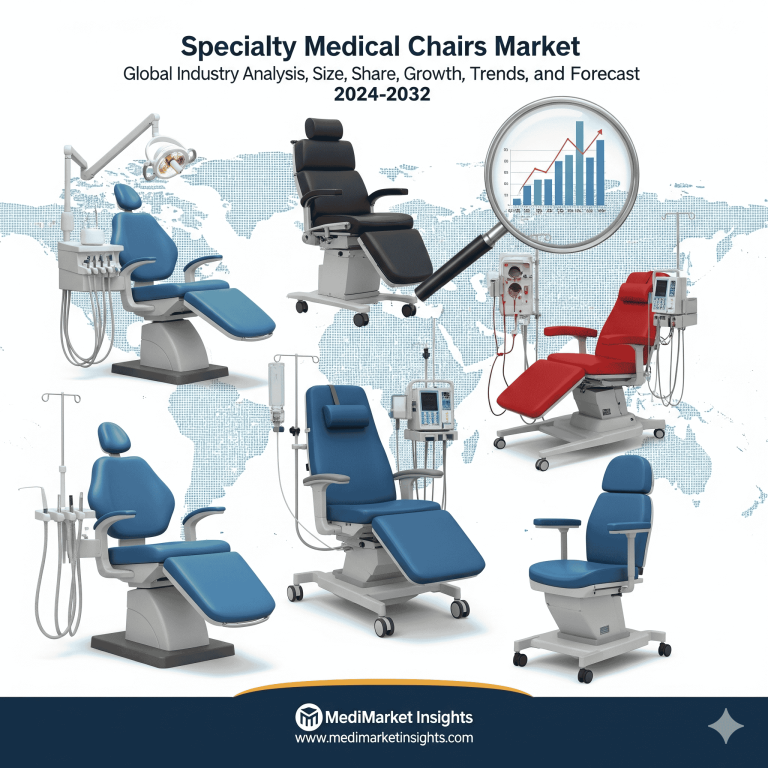AI-Powered Retina Image Analysis Market Size, Shares, and Segmental Growth
The global AI-powered retina image analysis market is poised for significant growth, with projections indicating substantial revenue accumulation between 2024 and 2034. This growth is driven by heightened investments, rapid technological advancements, and an increasing demand across diverse industries. Key factors fueling the market include the expanding elderly population, the rising incidence of retinal diseases, and a surge in research and development initiatives.
Download statistics of this report @ https://www.towardshealthcare.com/download-statistics/5256
Enhancing Detection with AI-Powered Retina Image Analysis
Artificial intelligence (AI) is transforming healthcare by mimicking cognitive functions like learning and problem-solving, identifying patterns in vast data sets. In retina image analysis, AI, machine learning, and deep learning algorithms play an essential role in detecting and diagnosing retinal conditions such as glaucoma, diabetic retinopathy, age-related macular degeneration, and retinopathy of prematurity. These technologies process data from various imaging tools, including optical coherence tomography (OCT), OCT Angiography, fundus photography, and fundus autofluorescence.
As retinal diseases become more prevalent, particularly due to rising rates of diabetes and an aging population, early detection becomes critical in preventing visual impairment and blindness. The demand for precise and efficient diagnostics supports market growth, bolstered by advancements in technology and increased R&D efforts.
Key Trends in the AI-Powered Retina Image Analysis Market
- In September 2024, Mediwhale, a South Korean company, raised $12 million in Series A2 funding to advance its AI-powered retina scan technology, Reti-CVD, aiming for U.S. approval and to extend its capabilities to predict chronic kidney disease risks.
- In August 2024, Thirona sold its subsidiary Thirona Retina BV to iCare Finland Oy, a division of Revenio Group. This acquisition strengthens iCare’s market presence and expands the global reach of Thirona Retina’s RetCAD technology.
- Government initiatives such as the U.S. Vision and Eye Health Surveillance System, India’s National Programme for Control of Blindness and Visual Impairment, and the Bal Swasthya Universal Health Screening Scheme drive market growth.
Research-Driven Market Opportunities
Retinal diseases are a leading cause of irreversible blindness, and AI’s capability to detect patterns in retinal imaging is invaluable. Current research is focused on AI’s reproducibility, sensitivity, accuracy, and precision in retinal disease analysis. Researchers are also classifying diabetic retinopathy stages, such as microaneurysms and hemorrhages, mapping blood vessels, and tracking optic disc changes. AI is also being developed to monitor inherited retinal disorders over time, including Stargardt disease, retinitis pigmentosa, and Best disease. New AI tools are emerging to aid in screening, diagnosing, and monitoring retinal and systemic diseases, with applications in detecting chronic kidney disease or lung cancer from fundus images. These R&D activities are driving innovation and enhancing diagnostic accuracy, fueling the market’s expansion.
Data Privacy Concerns in AI-Powered Retina Image Analysis
Despite its potential, the AI-powered retina image analysis market faces data privacy challenges, especially regarding cloud-based services. Concerns about patient privacy and unauthorized data use for system training and validation can hinder adoption. Security breaches not only discourage patient use of new technologies but also present legal risks. Other ethical concerns, such as ensuring informed consent and addressing algorithmic bias, also impact market growth.
North America’s Market Leadership with FDA Approvals
In 2023, North America led the AI-powered retina image analysis market due to rising retinal disorder incidences, advanced healthcare infrastructure, technological innovations, and favorable reimbursement policies. The U.S. FDA’s regulatory approvals also support market expansion. The FDA approved IDx-DR, a convolutional neural network for diabetic retinopathy screening in adults, in 2018, followed by EyeArt, an autonomous AI system for detecting moderate to severe diabetic retinopathy (mtmDR), in 2020. Growing demand for point-of-care diagnostics, cutting-edge R&D, and supportive government initiatives further drive the market across the U.S. and Canada.




